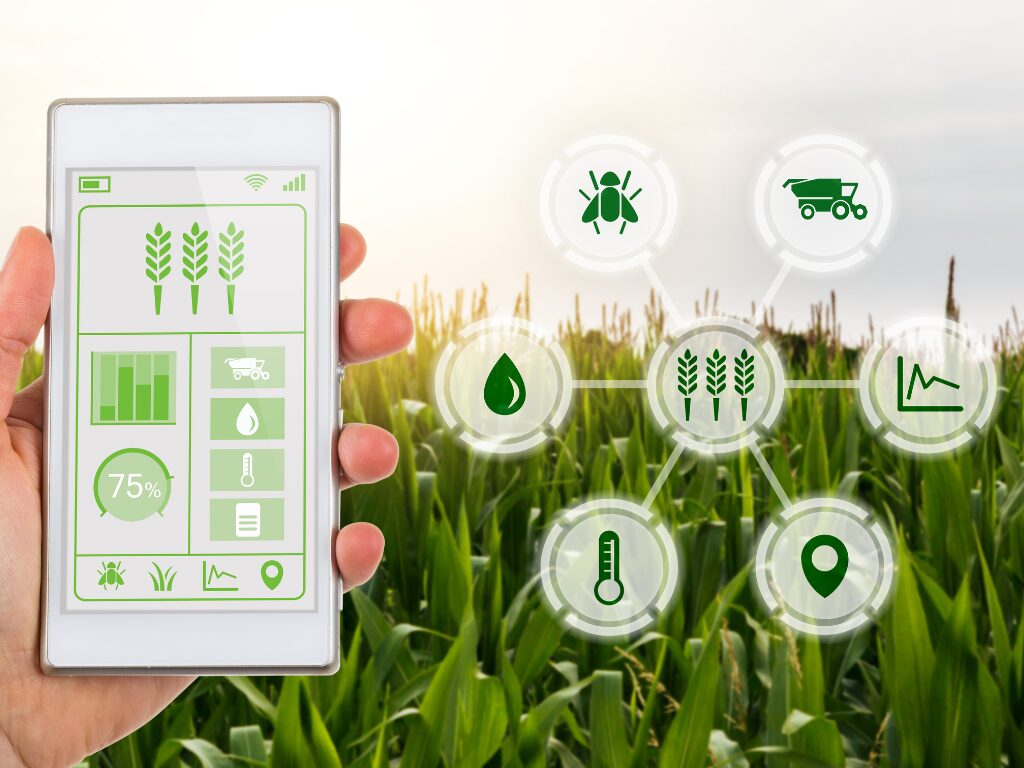All Countries Suffer From Some Form of Malnutrition: Inaugural Global Food Systems Report Highlights Critical Issues
6 Mins Read
A new report creates accountability for national food systems with a range of indicators that offer “the first descriptive picture of what’s going on in the world’s food systems across all countries.”
What is The Food Systems Countdown Initiative (FSCI)? It’s an initiative born out of the 2021 U.N. Food Systems Summit. Despite the controversies, the event put the problems, challenges, and opportunities of our current food systems squarely on the table. Attendees and boycotters alike agreed something needed to be done and fast to make our food systems greener, fairer, and healthier.
The problem? Despite the importance of food systems in reining in climate change and biodiversity loss, reducing poverty and hunger, and ensuring a more sustainable and resilient future, “decision-makers across sectors lack the means to assess their food systems, guide action or evaluate progress”, according to the scientists behind FSCI.
So a veritable who’s who of food systems experts came together to collaborate on this initiative.
FSCI is led by Jessica Fanzo of Columbia University Climate School (read my recent interview with Jess here), World Food Prize laureate Lawrence Haddad of the Global Alliance for Improved Nutrition (GAIN), Jose Rosero Moncayo of the U.N. Food and Agriculture Organization (FAO), and Mario Herrero of Cornell University College of Agriculture and Life Sciences and the Cornell Atkinson Center for Sustainability.

So how did they determine the state of the world’s food systems?
They developed a monitoring architecture using five broad themes: diets, nutrition, and health; environment, production, and natural resources; livelihoods, poverty, and equity; governance; and resilience.
They split these themes into three to six sub-topics, which then get further divided into 50 individual indicators. That includes the usual suspects like greenhouse gas emissions and crop yields and new/innovative ones like the share of the urban population living in cities that have signed onto the Milan Urban Food Policy Pact and the Government Effectiveness Index, which measures the quality of public service.
For example, under “livelihoods, poverty, and equity”, there are four sub-topics: employment, social protection, rights, and poverty and income. Then under “employment”, there are two indicators, underemployment rate and unemployment rate, both for rural areas.
Why is this a “Big Deal”?
“Most countries (over 130 at my last count) have put together food system transformation pathways, but there was no existing data system they could go to in order to prioritise across actions in those plans or monitor changes over time in response to actions taken,” Kate Schneider, lead author of “The state of food systems worldwide in the countdown to 2030” paper published in Nature, told me via e-mail.
“There was also no accountability built into the UNFSS outcomes, so there was no way to monitor food systems and see if any change is actually happening,” added Kate, a Research Scholar at the Johns Hopkins University School of Advanced International Studies.
What the FSCI team has done is to “put together a set of indicators that offer a starting menu to track progress at national or global levels” that provides “the first descriptive picture of what’s going on in the world’s food systems across all countries”, said Kate.
What are the findings?
“Nowhere can claim a trophy for success on all fronts – every country, region, and income group has both positive and not so great things going on in their food systems relative to peer countries and globally.” This is the overarching finding, according to Kate.
The folks behind the FSCI have also identified three broad findings.
- Every country struggles with at least one form of malnutrition, from undernutrition to diet-related noncommunicable disease, and many countries suffer from more than one.
- Some findings are obvious (social protection is an important safety net, high-income countries tend to be above average on most indicators) while others are more counter-intuitive. The latter includes how Mozambique and Uganda, two low-income countries, do much better across all indicators than just their income would suggest, and how Northern America and Europe have better than average results on governance indicators but also the lowest share of countries with a national food system transformation pathway.
- Some critical data gaps need to be filled. This also includes taking into consideration livelihood indicators that can capture the welfare of food system workers beyond agriculture such as measures of decent work, gender equity and violations of human rights.
NB: A helpful note on the numbers – FSCI uses “median” (the middle value in a data set) instead of “mean” (average). Some say this is a better measure on many issues because it doesn’t get influenced by the extremes.
More detailed findings below.
The Good, The Bad, and The Gaps
- In 54 out of 140 countries with data, over half the population cannot afford a healthy diet. This is mainly because of big differences in income and not the cost of a healthy diet.
- Only 29 countries out of 187 explicitly recognise the right to food.
- Low- and middle-income countries generally do not have enough fruits and vegetables for their populations to meet dietary recommendations. For example, the global median for vegetable availability is 210 grams per person per day. In low-income countries, this goes down to just 128 grams per person per day. In Chad, this number is a shockingly low 35.5 grams.
- High-income countries have widespread availability of the ultra-processed foods that are bad for your health. They consume more sugar-sweetened soft drinks and also use more pesticides.
- Health-related food taxes exist in 38 countries that are spread across all continents and income groups. (Note from Thin: experts have found that these do work.)
- Total food system emissions are generally increasing and remain high, despite global commitments to reduce emissions and the pressing need to do so.
- Pesticide application has increased in many countries. This could boost productivity but also worsen environmental pollution and further harm human health.
- In 20 countries, less than two-thirds of agricultural lands have sufficient integrity of agricultural ecosystems to maintain key activities like crop pollination, pest regulation, and soil protection.
- Food systems use about 40% of global ice-free land and up to 55% of ocean area and about 70% of global freshwater.
- Most countries don’t have adequate agricultural biodiversity. A global median of just 14% of agricultural land attains a minimum level of species diversity.
- Only 4 countries approach equitable distribution of landownership between men and women. In 18 countries out of 99 with data, the share of land owned by women is less than 10%.
- Food system workers commonly earn low incomes and face poor working conditions, and many food supply chains are characterised by power imbalances, which contribute to inequities in livelihoods and access to food.
- Income is an important indicator but not everything. Indicators such as sustainable nitrogen management, vegetable yields, or women’s landholdings, do not show any clear connection with national gross domestic product.
- There are clear regional patterns. Sub-Saharan Africa, and to a lesser extent Southern Asia, tend to have less desirable values on most measures.
- There are also several data gaps. Data for indicators like diet quality, biodiversity, and those under livelihood and resilience, tend to be sparse. Overall, Oceania is the region with the greatest scarcity in data. Data on food safety, country-level food loss and waste, food production and supply that include aquatic and wild foods, and pollution from solid waste and packaging materials are also lacking.
- In general, countries with fewer indicators available are small island nations (such as Caribbean and Pacific islands), very small high-income countries (such as Brunei, Monaco, and Singapore), and countries recently experiencing conflict (such as Eritrea and Syria).
What now?
For the next seven years (2023–2030), FSCI says it “plans to publish annual updates, incorporate new indicators to fill the remaining gaps and carry out further analyses”. Publications in the next two years will focus on understanding country-level performance.
This is an edited and web-adapted version of the 27th January 2024 edition of the Thin Ink newsletter, a weekly publication on food, climate, and where they meet by journalist Thin Lei Win – subscribe here.






